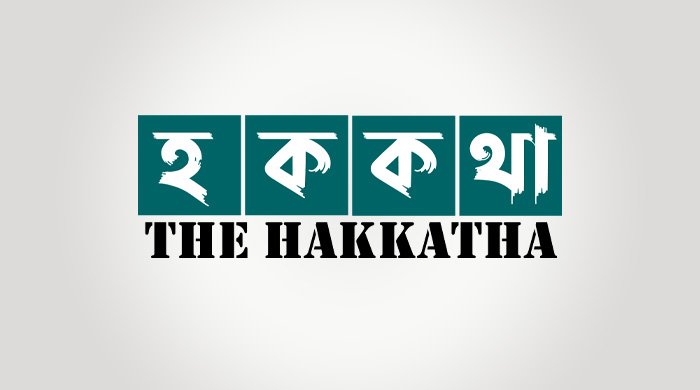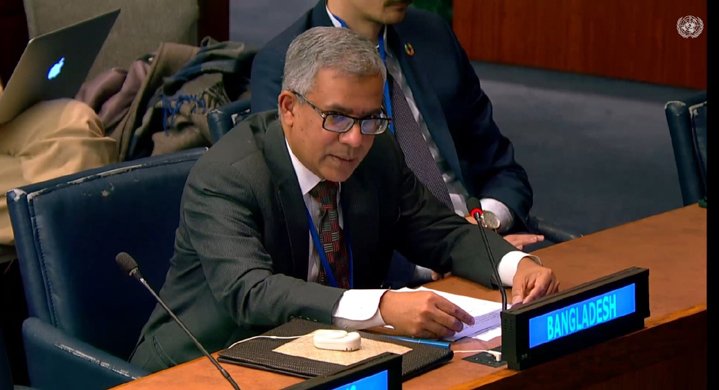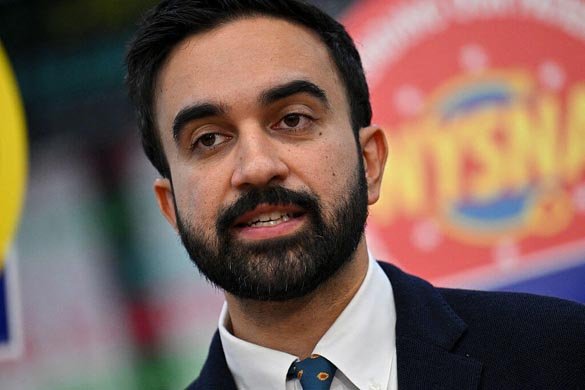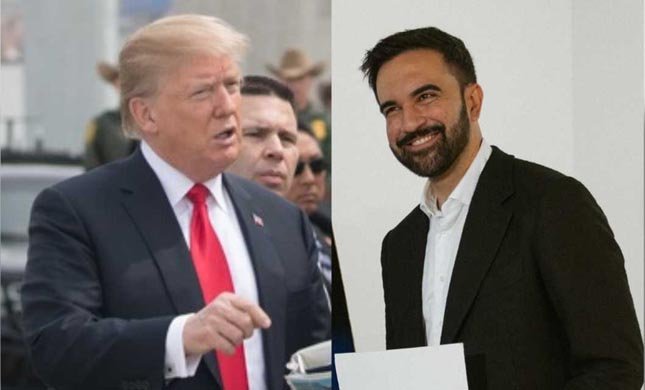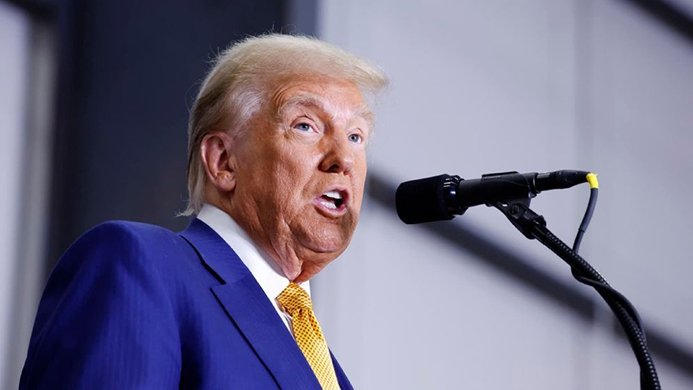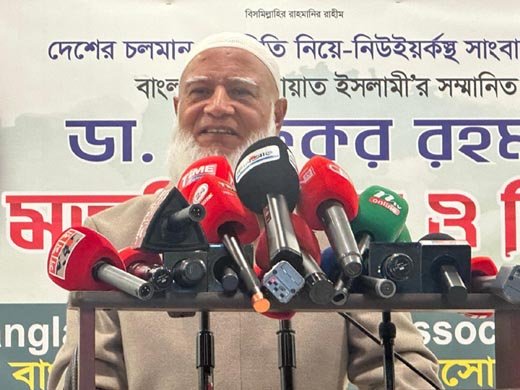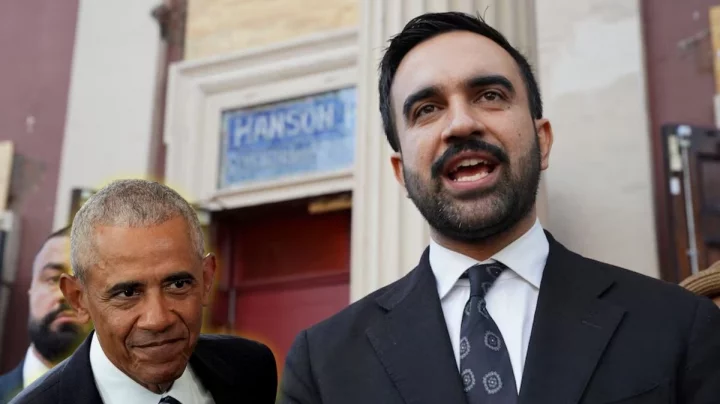High Test Scores Earned Them Seats at Stuyvesant; a Tough Question Is Whether to Accept

- প্রকাশের সময় : ০১:১৩:০১ অপরাহ্ন, শনিবার, ৬ এপ্রিল ২০১৯
- / ৫৩৭ বার পঠিত
Among the challenges of adding racial balance is the fear of isolation among some prospective students of color
At Stuyvesant, about 1% of students last year were black, 3% Hispanic, 18% white and 74% Asian, by city data. PHOTO: CLAUDIO PAPAPIETRO FOR THE WALL STREET JOURNAL
By Leslie Brody
Daniel Olton, the son of immigrants from Guyana, is one of nearly 900 eighth-graders accepted into New York City’s prestigious Stuyvesant High School, but says he is unlikely to go.
One of seven black students admitted into next fall’s freshman class, he has several concerns, including the small number of fellow black teenagers on campus.
Samantha Farrow, another black student who was accepted, says she is “extremely nervous,” but determined to succeed there.
“I’m used to there being a lot of African-American students around me, and drawing energy from them,” she said. But Stuyvesant “will be a life-changing experience I just can’t pass up.”
 Daniel Olton is concerned about the small number of fellow black teenagers at Stuyvesant.PHOTO: DAVID OLTON
Daniel Olton is concerned about the small number of fellow black teenagers at Stuyvesant.PHOTO: DAVID OLTON
Black and Latino students received less than 11% of the offers last week to attend New York City’s eight specialized high schools, which admit applicants through a single exam. Less than 5% of black and Latino test-takers scored well enough to get in out of the total 5,488 black and 6,622 Hispanic applicants who took the test.
Among the challenges of adding racial balance is the fear of isolation among some prospective students of color, education experts say. At Stuyvesant, for example, about 1% of students last year were black, 3% Hispanic, 18% white and 74% Asian, by city data.
 Samantha Farrow says she is determined to succeed at Stuyvesant. PHOTO: KHAN’S TUTORIAL
Samantha Farrow says she is determined to succeed at Stuyvesant. PHOTO: KHAN’S TUTORIAL
Racial disparities at Stuyvesant and seven other specialized high schools that use a single exam to determine admissions have fueled a debate over fair access. To bolster integration, Mayor Bill de Blasio wants Albany lawmakers to abolish the admissions test, which he says doesn’t capture students’ true potential. Many parents back his view, but supporters of the test call it the most objective way to find eighth-graders who can thrive in these high-pressure academic environments.
Schools Chancellor Richard Carranza added antibias training in schools citywide. On Friday a spokesman cited the chancellor’s view that while reducing systemic barriers, educators must also help diverse student bodies by tending to the conditions and climate in schools.
Through the spokesman, Stuyvesant Principal Eric Contreras said he “is committed to creating a supportive environment for all students and works closely with the school’s Black Student League and ASPIRA, its Latino student organization, on sustained conversations around race and equity.” The principal is working with those groups on culturally responsive English and social studies curricula.
Samantha, who attends P.S. 189 in Brooklyn, says one of her favorite novels is “The Hate U Give,” about a young black girl at a predominantly white school who becomes an activist for racial justice.
The 13-year-old draws confidence from the belief that Stuyvesant’s Black Students League can help her feel more connected. She learned to make friends with peers from a range of backgrounds during extensive test preparation at Khan’s Tutorial, which gave her a scholarship. “The practices were very hard,” she said.
She has lots of support from her father, Daniel, a pastor, and her mother, Tonya, a fifth-grade math teacher at a public school in the Bronx. At Stuyvesant, “She’ll learn how to handle herself and speak up,” her mother said.
Daniel Olton, who loves competitive swimming and martial arts, says he will likely stay with his younger brother and friends at Scholars’ Academy, a diverse, selective public school for grades six through 12 in Rockaway Park, Queens. Many of its graduates head to top colleges, Daniel said. With about 1,380 students last year, its high school is much smaller than Stuyvesant, which had about 3,340.
“I get a lot of individual learning,” Daniel said.
His father, David, a safety director at the New York City Department of Environmental Protection, says admission tests are common in Guyana so he doesn’t oppose them. What upsets him is seeing the disparities in resources and expectations among the city’s public schools. Daniel’s mother, Saskea, drives her sons 30 minutes each way from East New York to attend a high-performing option.
The Department of Education has pushed to close disparities between schools and its officials are lobbying for more state aid.
Mr. Olton said Stuyvesant has “brand recognition,” but as long as Daniel “is in a good environment and applying himself, we are happy.”
 Nicole Rodriguez is one of 33 Hispanic students who got into Stuyvesant for the fall. PHOTO:NICOLE RODRIGUEZ
Nicole Rodriguez is one of 33 Hispanic students who got into Stuyvesant for the fall. PHOTO:NICOLE RODRIGUEZ
Nicole Rodriguez, an immigrant from the Dominican Republic who also studied at Khan’s Tutorial, is one of 33 Hispanic students who got into Stuyvesant for the fall. She says her mother, a gate assistant at LaGuardia Airport, and her father, who works in a parking garage, sacrificed to pay more than $1,000 in tutoring fees.
She goes to a selective public school, Young Women’s Leadership School of Astoria, Queens, loves computer science and believes Stuyvesant “will push me forward.”
Nicole said she heard about the specialized high-school admissions test in seventh grade through a friend. The city’s Department of Education says it publicizes the exam, but Nicole says she thinks many Hispanic students don’t know about it.
“I’m happy I got in,” she said. “I can set an example for other Hispanic people and encourage them to apply.”
Write to Leslie Brody at leslie.brody@wsj.com

